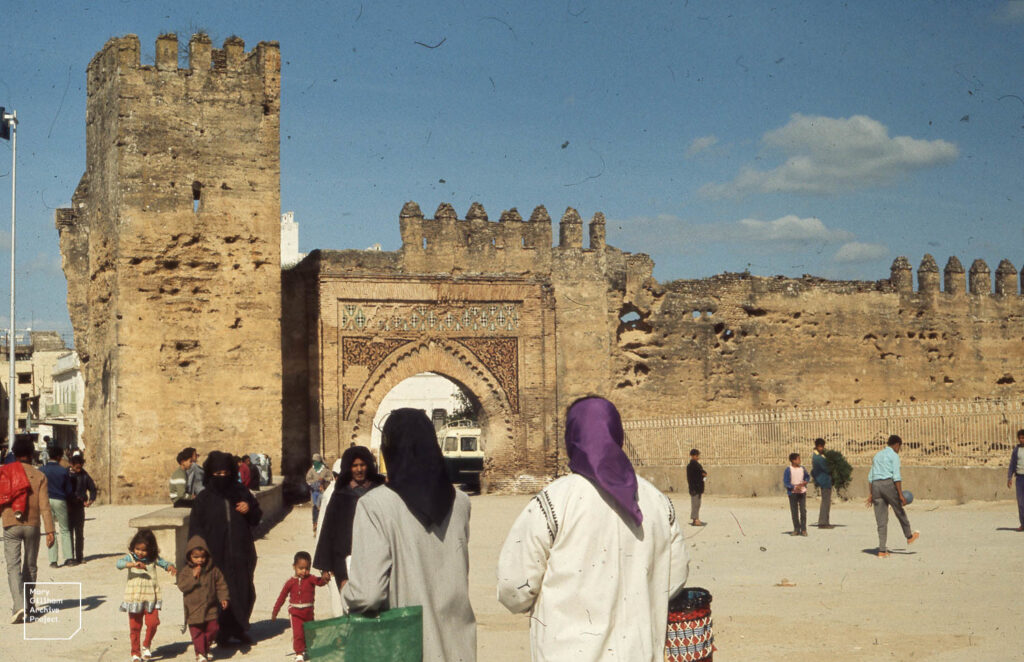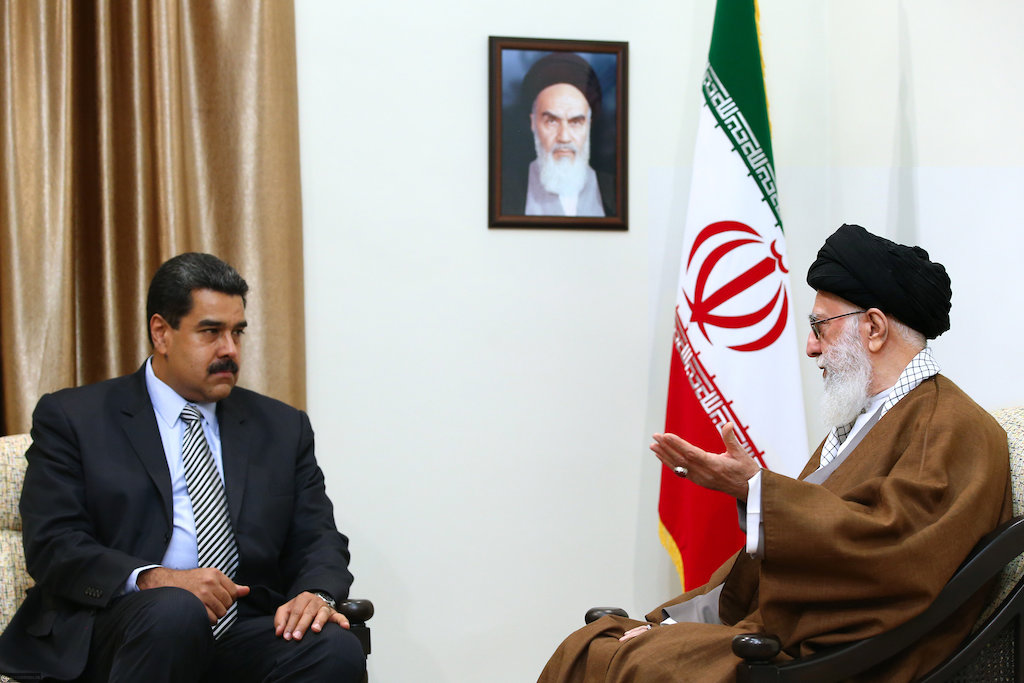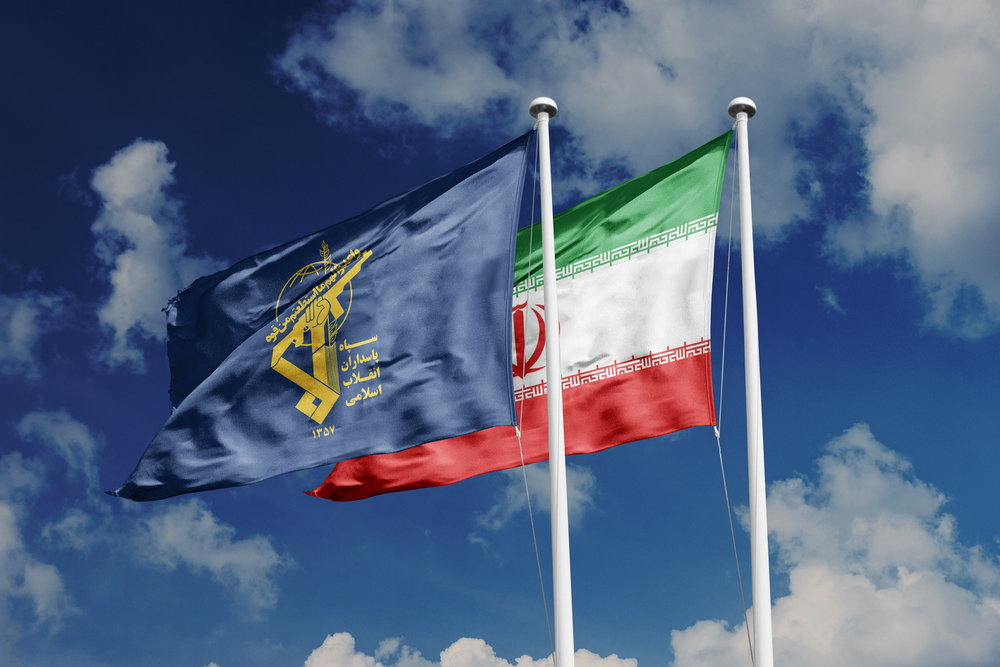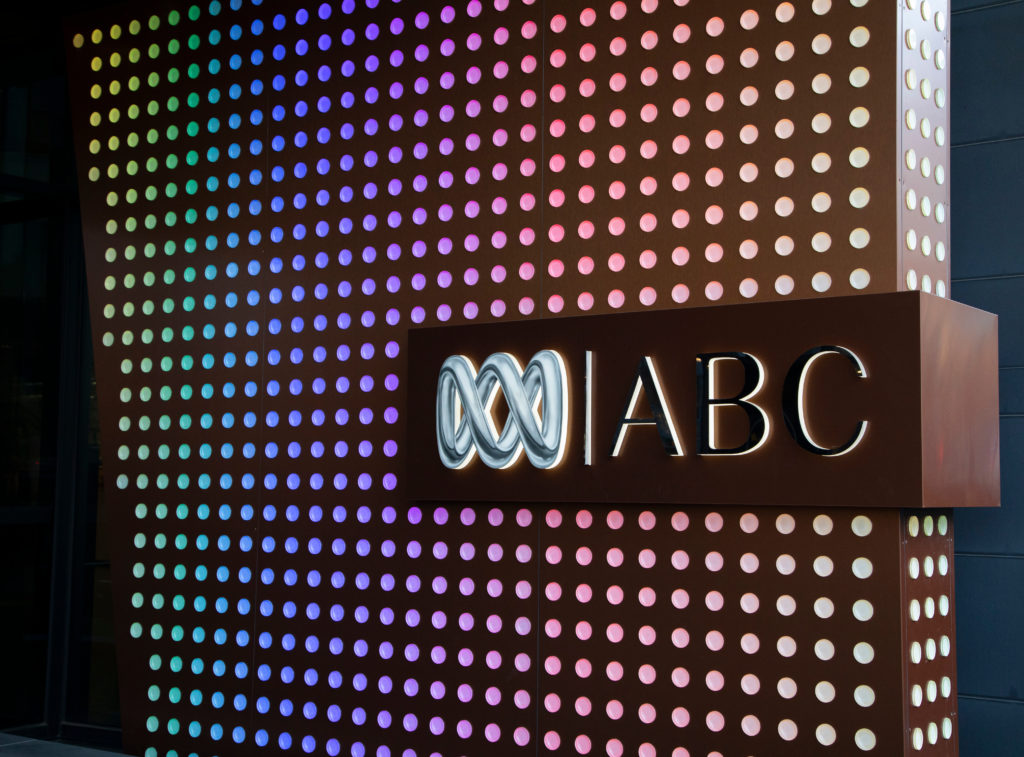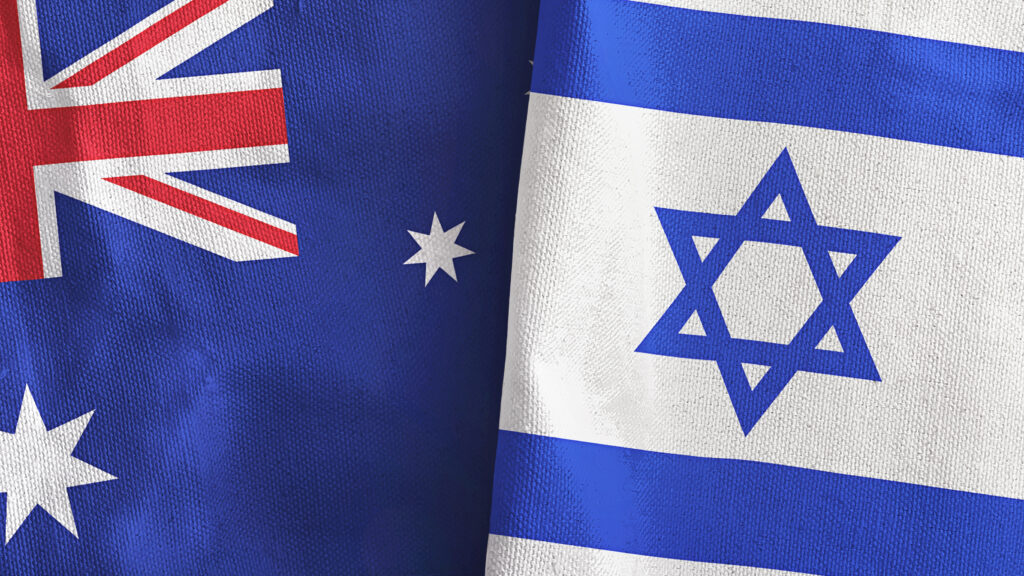IN THE MEDIA
Gaza protests: A turning point or a moment of desperation?
April 2, 2025 | Justin Amler
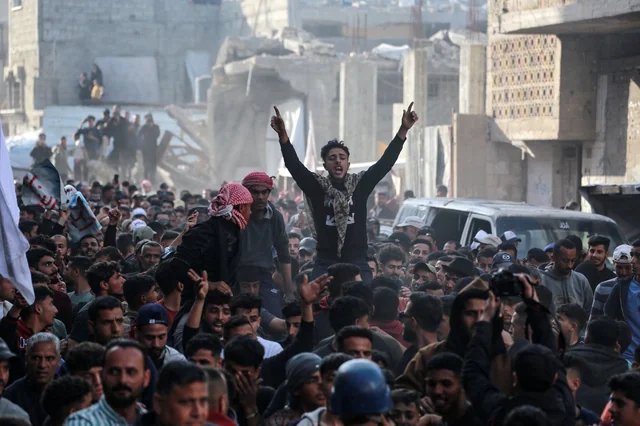
The Algemeiner – 1 April 2025
The people of Gaza are protesting—and that’s a good thing.
After nearly 18 months of destruction, in which entire neighbourhoods have been levelled, infrastructure shattered, and countless livelihoods lost, Gazans have finally found their voice in opposition to the leadership that brought them to this point. Their protests are directed at Hamas, the rulers who have led them into this disaster.
But we must be clear about what they are not protesting.
They are not protesting the atrocities committed by Hamas and Gazan civilians on October 7. They are not protesting the relentless rocket fire aimed at Israeli civilians for over two decades – since Israel’s complete withdrawal from Gaza in 2005. They are not protesting Hamas’s transformation of Gaza into a highly militarised terrorist stronghold, where schools, hospitals, and civilian structures have been repurposed as terror bases, both above and below ground. And there is currently no reason to believe that they are suddenly embracing values of peace, coexistence, and democracy.
On October 7, 2023, as Israel suffered the deadliest terror attack in its history – where men, women, and children were brutally murdered, tortured, and raped – there were no Gazan protests condemning these actions. Instead, many participated. Many more celebrated.
We all saw the horrifying images: lifeless bodies paraded through the streets in white pickup trucks, abused young women surrounded by cheering crowds, and local children mocking kidnapped Israeli kids as they cried for their murdered parents.
These were not acts of “resistance”, they were displays of unfiltered raw hatred, a hatred nurtured over generations – not least via the UN-funded schools operated by UNRWA. That body’s role in perpetuating hostility and hatred toward both Israel and Israeli cannot be ignored, feeding a dark fantasy of one day destroying the Jewish state of Israel and laying waste to its residents.
And just recently, as hostages were released in macabre ceremonies, music playing the background, crowds cheering as their misery was beamed live across the world, as if it was some kind of twisted victory celebration. No widespread protests then. No empathy for the innocent, grossly abused hostages. Not disgust for what had been done to them.
The international community, including countries like Australia, has inadvertently contributed to this cycle.
Today, Gazans are protesting not out of a moral change of heart, but out of sheer desperation. Perhaps some are realizing the harsh truth: when you initiate a war with the explicit goal of eradicating another nation and you fail, consequences follow.
This is not to say that all Gazans support Hamas or bear equal responsibility for its actions. The people protesting on the streets today against Hamas are almost certainly not the same ones who turned up to Hamas’ grotesque hostage release ceremony.
However, history shows that the prevailing sentiment in Gaza has not been one favouring peace.
There is also a glaring irony here. These protests against Hamas are only happening now because Israel has resumed its military campaign against the terror group after their refusal to release more hostages. If much of the world had its way, Israel would be expected to halt its operations, leaving Hamas in power and allowing the hostage crisis to continue indefinitely.
As Gazans finally turn against Hamas, many in the international community are in effect demanding that Hamas not be removed from power, by clamouring desperately for Israel to stop its renewed military campaign against Hamas.
If those who claim to care about Palestinian civilians truly want to help, they should be calling for Hamas’ downfall and pursuing this end in a realistic and serious way. Simply saying Hamas should no longer rule Gaza while opposing all Israeli efforts to force the terror group to accept this outcome is the opposite – neither realistic nor serious. It is not statecraft but make-believe.
The same can be said of the belief that moving rapidly to establish a Palestinian state after the war is the solution to the Gaza problem, or the road to peace.
This pie-in-the sky belief ignores the reality that Gaza effectively was an independent Palestinian state in all but name since 2005 – and look where that lead to. Hamas devoted all Gaza’s resources – including international aid – to turning every neighbourhood of the whole strip into terror bases to attacking Israel, leading to war after war, and eventually October 7. And it endlessly indoctrinated the already radicalised with endless hatred, antisemitism, and support for terrorism and “martyrdom”. Thus, the horrific scenes of October 7, when Gaza civilians both celebrated the slaughter of innocent people and joined in the murderous invasion of Israeli towns is almost certainly more representative of the radicalised Gaza population that Hamas forged than the courageous demonstrators on the streets there this week.
As I said, those demonstrations are unequivocally a good sign. But they are not a reason to forget the enormous amount that needs to be done, in terms not only of removing Hamas from power, but demilitarisation, deradicalisation of the population, implementing stable governance and physical rebuilding – before there is any prospect of Palestinian statehood leading to stable peace and coexistence.
Justin Amler is a policy analyst at the Australia/Israel & Jewish Affairs Council (AIJAC).
Tags: Gaza, Hamas, Israel, Palestinians

